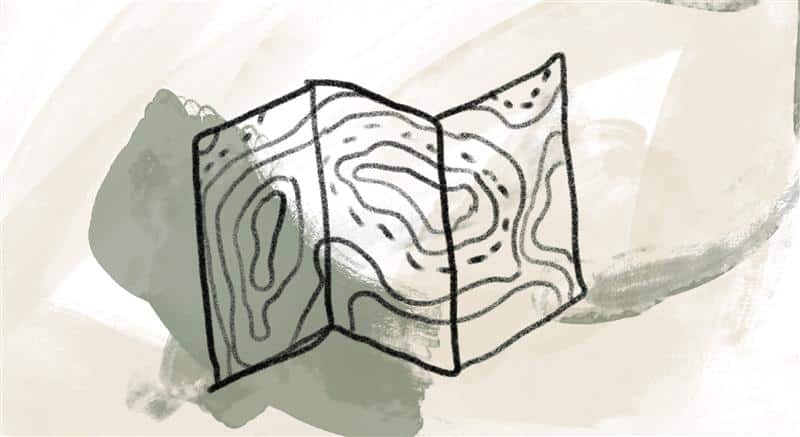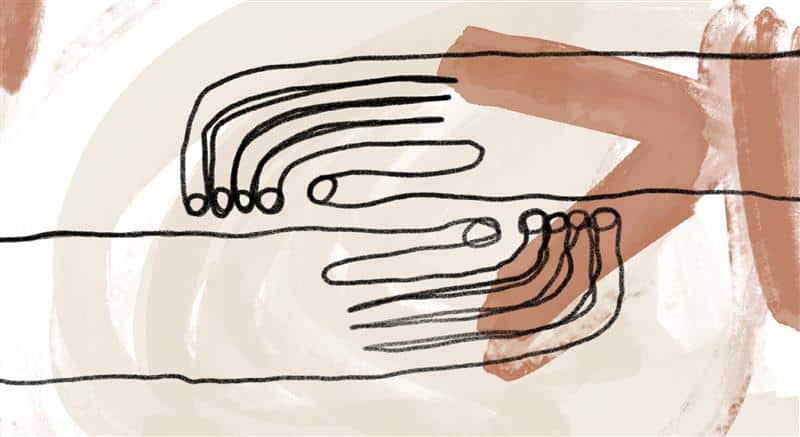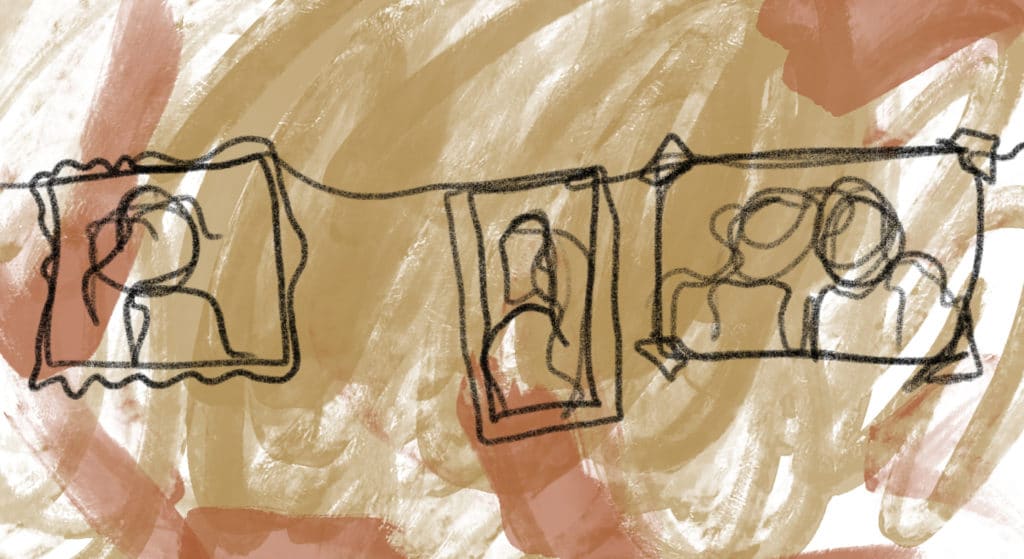
We continue our meditations on the Trinity and God’s loving nature, the second of the CAC’s Seven Themes of an Alternative Orthodoxy. [1] Richard describes how the Trinity teaches us that God is like a circle dance, moving in love and inviting us to participate:
The Trinity is the central and foundational doctrine of the Christian faith. But, as Jesuit theologian Karl Rahner (1904–1984) observed, what is supposed to be the heart of God’s nature has, until recently, had few practical or pastoral implications in most people’s lives. [2] This is rather unbelievable when considered. The foundation, shape, core, and energy for everything was allowed to become an arbitrary side issue! This alone tells me we are still in very “early Christianity.”
For too many Christians, the doctrine of the Trinity was unfathomable, abstract, and boring theology because we tried to process it with our rational and dualistic minds. We viewed it as not much more than a speculative curiosity or a mathematical conundrum (yet surely never to be questioned by any orthodox Christian). I imagine many of us were told—as I was as a young boy in Kansas—that we shouldn’t even try to understand the Trinity because it’s a “mystery.” However, the Trinity perfectly illustrates the dynamic and interactive principle of three and was made-to-order to demolish our dualistic thinking and to open us to the mystical level.
The fourth-century Cappadocian Fathers tried to communicate this notion of life as mutual participation by calling the Trinitarian flow a “circular rotation” (perichoresis) among the three. They were saying that whatever is going on in God is a flow that’s like a dance. And God is not just the dancer; God is the dance itself! Then the Incarnation becomes a movement outward and downward (which is why we must never be afraid of these movements in our own lives). Jesus comes forth from the Father and the Holy Spirit to take us back with him into this eternal embrace, from which we first came (see John 14:3). The circle dance broadens; we are invited to join in and even have participatory knowledge of God through the Trinity.
Trinity is the very nature of God, and this God is a centrifugal force, flowing outward and then centripetally drawing all things back into the dance (read 1 Corinthians 15:20–28 in this light). If this God creates “in our image, after our likeness” (Genesis 1:26), then there must be a “family resemblance” between everything else and the nature of the heart of God.
Scientists discover this reality as they look through microscopes and telescopes. They are finding that energy is actually in the space between atomic particles and between the planets and the stars—in the relationships more than the particles! This seems to mean that reality is relational at its core. When we really understand Trinity, however slightly, it’s like we live in a different universe—and a very good and inviting one!
References:
[1] To learn more about the CAC’s Seven Themes of an Alternative Orthodoxy, visit this page.
[2] Karl Rahner, “The Mystery of the Trinity,” in Theological Investigations, vol. 16, Experience of the Spirit: Source of Theology, trans. David Morland (New York: Crossroad, 1983), 255–259.
Adapted from Richard Rohr, A Spring within Us: A Book of Daily Meditations (Albuquerque, NM: CAC Publishing, 2016), 257, 259–260.
Image credit: A path from one week to the next— Jenna Keiper, Untitled. Jenna Keiper, Untitled. Izzy Spitz, Untitled. Watercolor. Used with permission. Click here to enlarge image.
On retreat, the CAC staff used watercolors to connect to our collective grief. This is one of the watercolor paintings that came from that exercise.
Story from Our Community:
On the evening of [my 20-year-old granddaughter’s] funeral, I witnessed the Trinity in action. Her father was cradling her inconsolable mother. Their son was kneeling with his arms around both his mother and father. I stood behind the three of them, with my arms around them. I remember clearly feeling the love flowing through them and around them. It flowed from each of them to the other, and to me as well. It was torture for me to see my own child so heart sick, but in that moment, I was grateful to witness the incredible presence of Love. It was tangible, solid, and thick. In that moment, I saw the great mystery clearly. It was terrible, awesome, and deeply humbling. —Teresa C.




